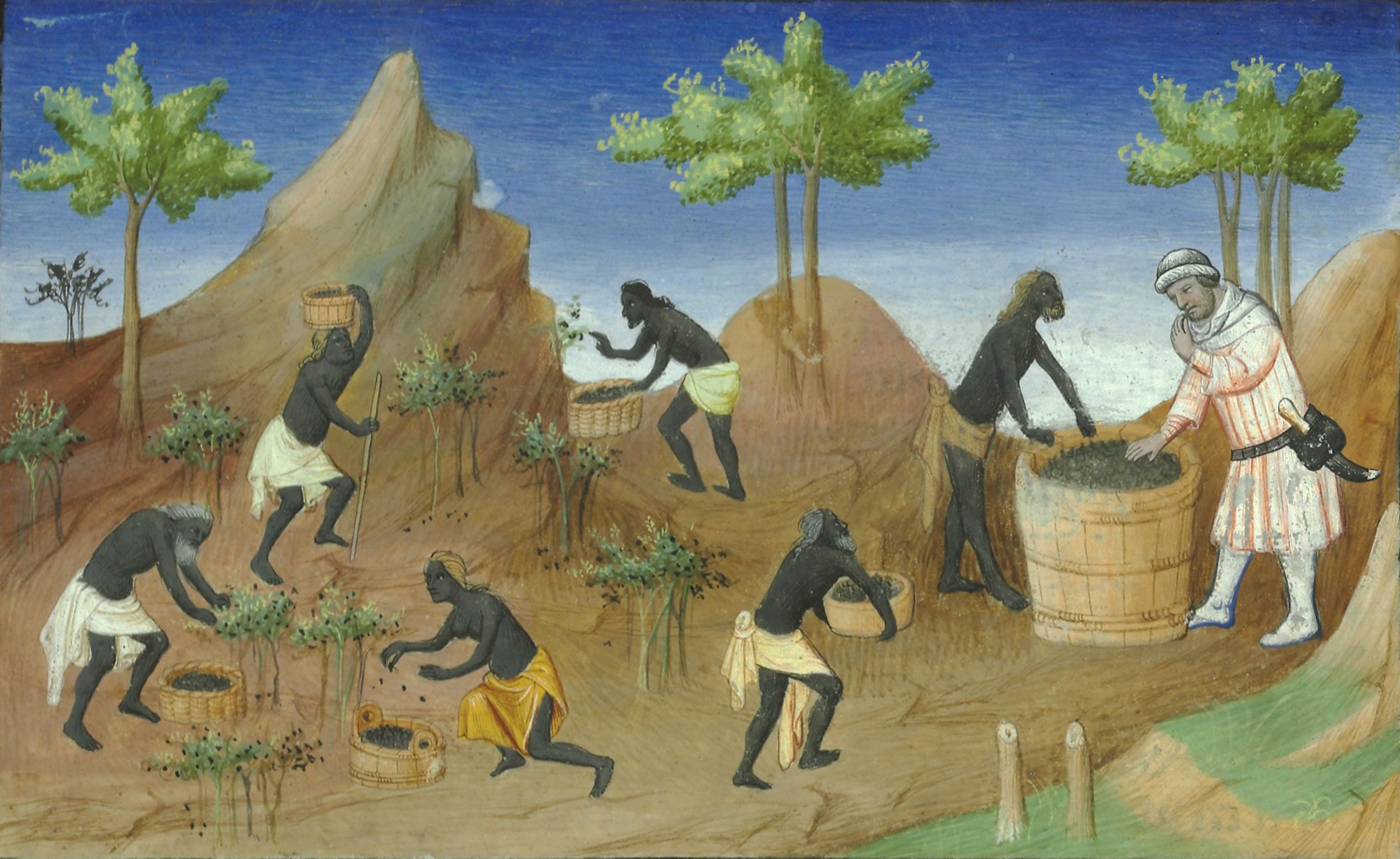Cooking, Medieval
Enlarge text Shrink text- Work cat.: Pleyn delit : medieval cookery for modern cooks, 1996.
- Medieval cookbook, 1992.
Medieval cuisine includes foods, eating habits, and cooking methods of various European cultures during the Middle Ages, which lasted from the 5th to the 15th century. During this period, diets and cooking changed less than they did in the early modern period that followed, when those changes helped lay the foundations for modern European cuisines. Cereals remained the most important staple during the Early Middle Ages as rice was introduced to Europe late, with the potato first used in the 16th century, and much later for the wider population. Barley, oats, and rye were eaten by the poor while wheat was generally more expensive. These were consumed as bread, porridge, gruel, and pasta by people of all classes. Cheese, fruits, and vegetables were important supplements for the lower orders while meat was more expensive and generally more prestigious. Game, a form of meat acquired from hunting, was common only on the nobility's tables. The most prevalent butcher's meats were pork, chicken, and other poultry. Beef, which required greater investment in land, was less common. A wide variety of freshwater and saltwater fish was also eaten, with cod and herring being mainstays among the northern populations. Slow and inefficient transports made long-distance trade of many foods very expensive (perishability made other foods untransportable). Because of this, the nobility's food was more prone to foreign influence than the cuisine of the poor; it was dependent on exotic spices and expensive imports. As each level of society attempted to imitate the one above it, innovations from international trade and foreign wars from the 12th century onward gradually disseminated through the upper middle class of medieval cities. Aside from economic unavailability of luxuries such as spices, decrees outlawed consumption of certain foods among certain social classes and sumptuary laws limited conspicuous consumption among the nouveau riche. Social norms also dictated that the food of the working class be less refined, since it was believed there was a natural resemblance between one's way of life and one's food; hard manual labor required coarser, cheaper food. A type of refined cooking that developed in the Late Middle Ages set the standard among the nobility all over Europe. Common seasonings in the highly spiced sweet-sour repertory typical of upper-class medieval food included verjuice, wine, and vinegar in combination with spices such as black pepper, saffron, and ginger. These, along with the widespread use of honey or sugar, gave many dishes a sweet-sour flavor. Almonds were very popular as a thickener in soups, stews, and sauces, particularly as almond milk.
Read more on Wikipedia >
 Topic
Topic





















